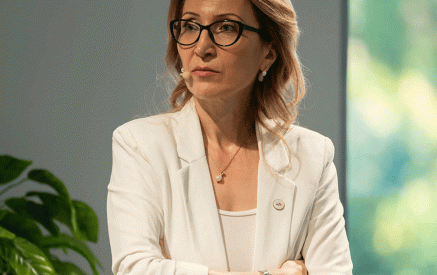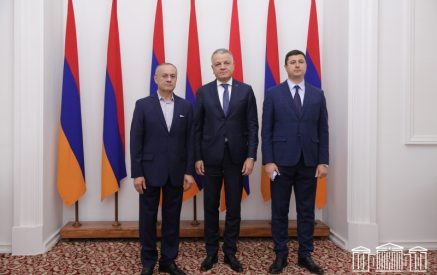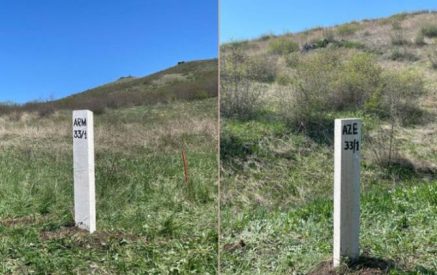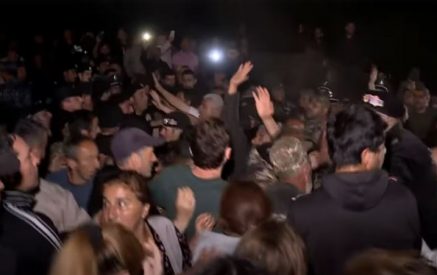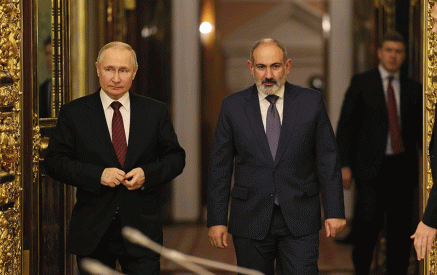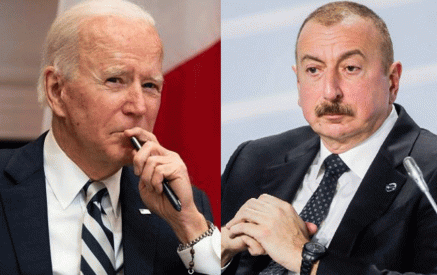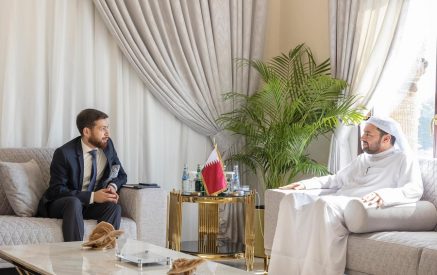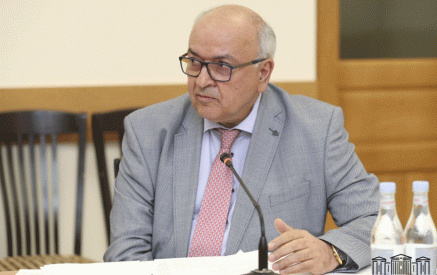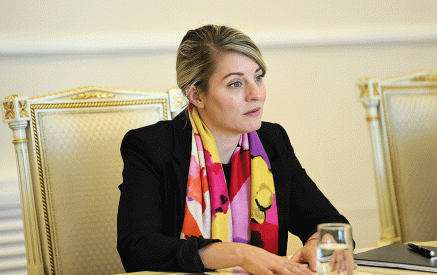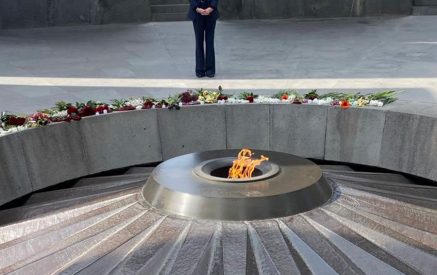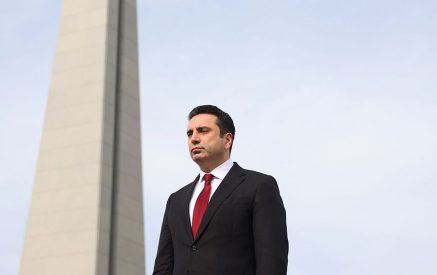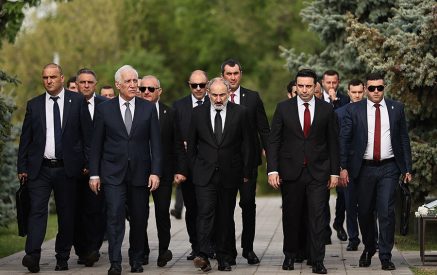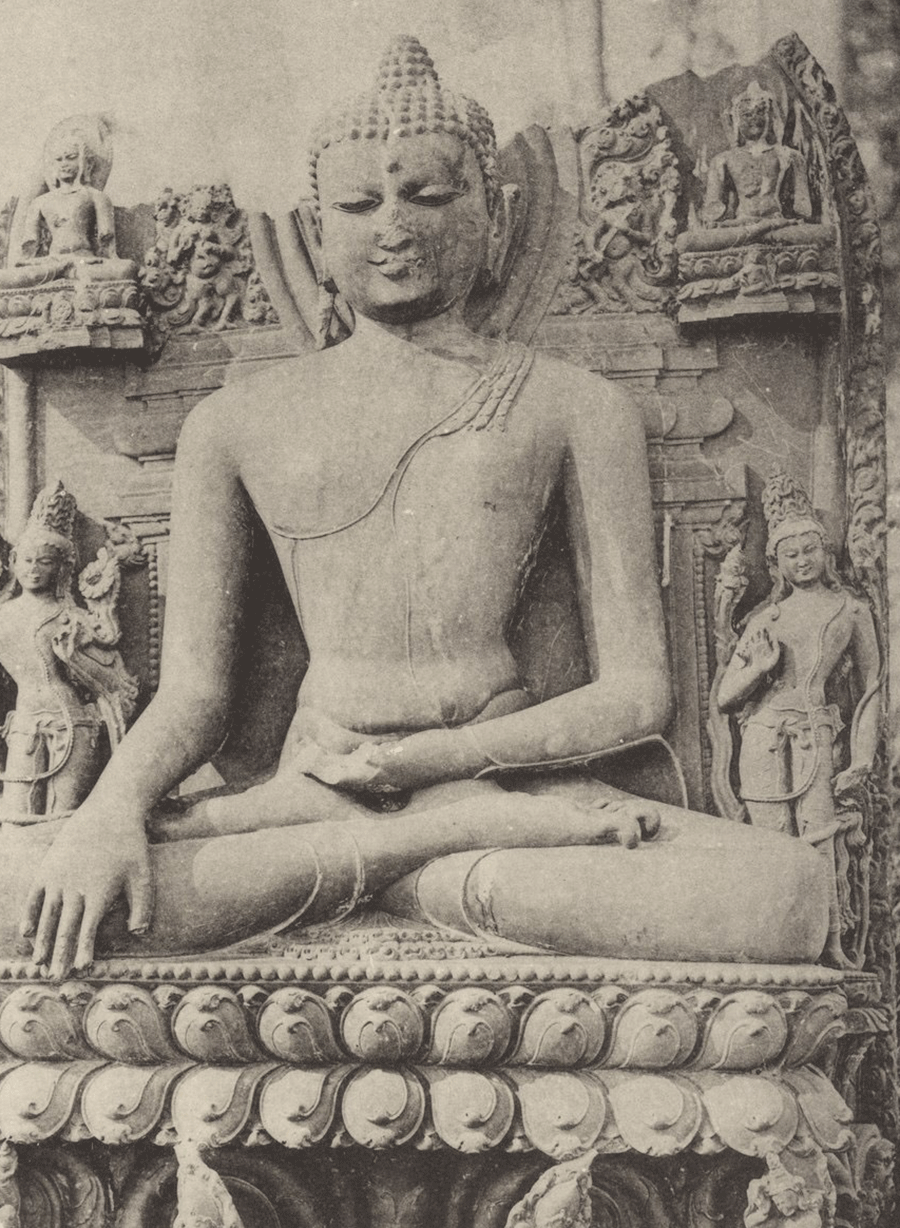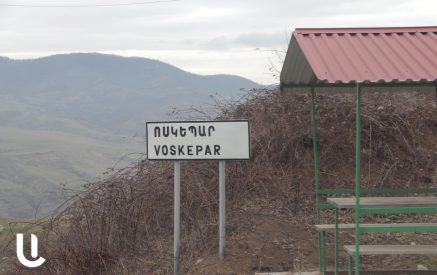by Arunansh B. Goswami
India is a civilsational state with thousands of years of history of cordially welcoming immigrants and refugees from diverse regions across the world, and also bravely fighting wars for defending the independence and sovereignty of their country from foreign invaders. From Zoroastrians, to Jews, from Armenians to Baha’is they all found a peaceful and welcoming home in India. Armenia is the first Christian nation of the world and Christianity in India is much ancient than many of the European countries, it was brought to India by Apostle Saint Thomas himself, about which this author has written in detail in one of his articles. India also welcomed immigrants from Artsakh about which the readers will learn more in this article.
Karabakh province of Ancient Armenia also known as Artsakh has had historical connections with India. Members of Melik-Beglarian family of Gulistan migrated to India, and a royal scion of this family contributed significantly in discovering and preserving, Hindu and Buddhist historical sites in India, and this article is about him. In the present people of Artsakh are being subjected to deplorable violence and forced displacement to change demographics of this region for easier occupation by the Azerbaijani army. Indians stand with the persecuted people of Artsakh and want Artsakh should be governed by ethnic people of Artsakh only, we want peace and harmony in the Caucasus region and the entire world.
As per Indo-Armenian historian Mesrovb Jacob Seth a descendant of one of the Armenian Meliks of Karabagh, David Freedone Melik Beglar, who came out to India in 1813 as a deacon and a chorister to the Armenian Archbishop Phillippos, an envoy from the Mother See of Holy Etchmiadzin, lies buried in the Armenian churchyard at Chinsurah in West Bengal state of India, where he died on the 22nd September, 1884, aged 89 years. In the epitaph on his tombstone, he is called “the son of the late Freedone Melik Beglaroff, last independent Prince of Karabagh in the Province of Tiflis, Caucasus. His eldest son, Joseph Beglar, the Executive Engineer, in the Public Works Department, who died on the 24th April, 1907, aged 62 years, is likewise buried there.
Read also
But who were the Beglaroffs what were their early history? One of the Melik family of Artsakh was that of Melik-Beglarians. Emil Sanamyan in his thesis “The Logic of Occupation in the Nagorno-Karabakh War: The Cases of Agdam and Shaumyan” mentions that “Shaumyan – known historically as Gulistan– was one of the five Karabakh Armenian statelets (melikdoms) that survived into the 18th century as part of the Persian Shah’s empire. During the intense intra-Iranian warfare of the 1790s, almost the entire population of Gulistan ended up as refugees in Georgia.
Destitute and impoverished, the Melik-Beglarians of Gulistan – together with another displaced melik family from Karabakh, the Melik-Shahnazarians – set off for Saint Petersburg where they were received by Emperor Paul, who offered support. The offers materialized after Russian takeover of eastern Georgia in 1801, where the Karabakh meliks received the status of land-owning nobles.
For those readers who do not know about the history of Artsakh and princely families of Artsakh, this author would like them to know, that as per the office of the Nagarno-Karabakh Republic in Washington DC “In the 16th century, a number of unique administrative-political entities called Melikutyuns (principalities) were formed in Karabakh. The rulers of Melikutyuns were called Meliks (a Semite word, meaning “crowned head”).
Further Melikutyuns were united into five larger ones: Varanda, Khachen, Dizak, Jraberd, Gyullistan and became known as “Melikutyuns of Khamsa” (Arabic word for five). In the 16-17th centuries, Artsakh Meliks spearheaded the liberation struggle of the Armenians against the Shah of Persia and the Sultan of Turkey. Along with the armed struggle Artsakh, meliks sent envoys to Europe and Russia asking for help from the Christian West.”
Late Joseph D. Beglar the Armenian royal scion from Artsakh was Executive Engineer of the Public Works Department (PWD) and Archaeological Surveyor of Bengal in India, he was also an able assistant to founder of Archaeological Survey of India, Alexander Cunningham, while Cunningham pursued his passion for tracing Buddhist monuments from the accounts of Chinese pilgrims, he was assisted by this royal scion from Artsakh.
General Alexander Cunningham had advocated a nationwide mapping of India’s archaeological remains as early as 1848, he entrusted survey of Bundelkhand to Beglar. Cunningham in his Archaeological Report of the 1860s stated that Beglar prepared seventy photographic negatives of temples he visited in Bhuteswar, Erich, Mahoba, Rahat, Danwi, Rahilya, Makarbahi, Khajuraho, Panna, Nagod, Rupnath, Ratagarh, Patahri, Udaypur, Gyarispur, Bhilsa and Sanchi.
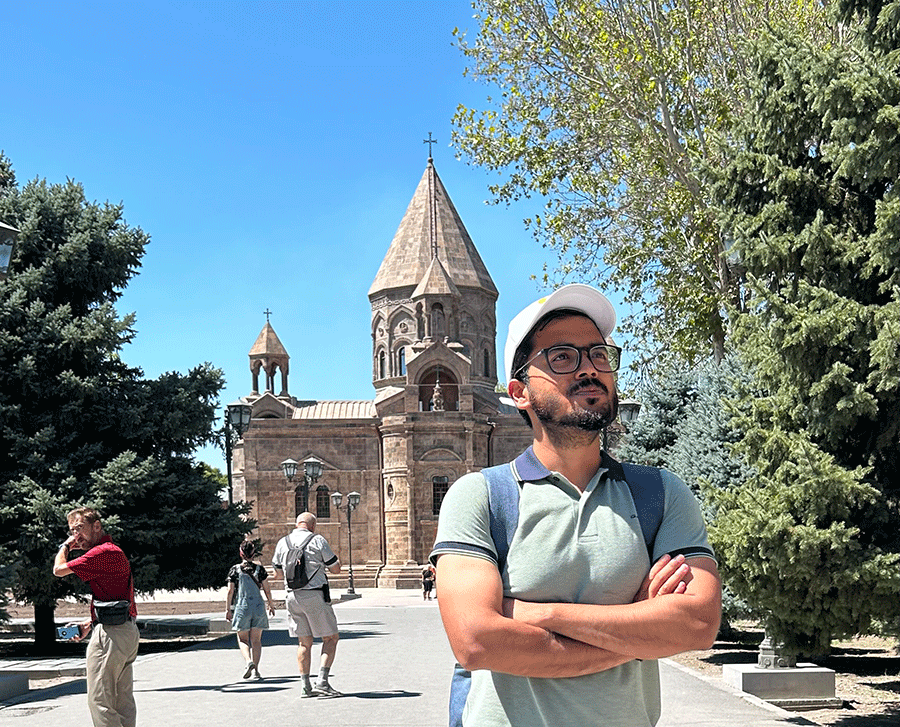
Author of this article at the Mother See of Holy Etchmiadzin. Image Credits: Professor Arkaja Goswami mother of this author.
This royal scion from Artsakh contributed significantly in the preservation of built heritage of India of which Hindu and Buddhist monuments are an important part. He not just conserved one of the holiest pilgrimage sites of Buddhists in the world Bodh Gaya temple, but also took photographs of the ancient Bhitargaon Hindu temple near Kanpur and showed them to Cunningham, this temple was later preserved by Archaeological Survey of India. He also located several historical places in India, in Orissa and Madhya Pradesh. The antiquities of the village of Gyaraspur in Vidisha District of Madhya Pradesh were also first brought to light by him, he explored the town in 1871-72, he also documented the Pathari ruins in Madhya Pradesh. Not just Hindu and Buddhist monuments, he also explored monuments associated with Muslim rulers of Medieval India, Fatehpur Sikri was surveyed extensively by J.D. Beglar in the 1870s.
For the readers of this article this author would like to write more about the restoration of Bodh Gaya temple by this royal scion from Artsakh Beglar. Situated at the site of the great Bodhi tree under which the Buddha gained enlightenment, Bodh Gaya temple is one of the most important pilgrimage site in India. Joseph Beglar was part of the archaeological survey team who conducted the restoration work. In an article in Daily News, Ven. Bhante S. Dhammika Thera mentions Joseph D. Beglar as “Architect in Bodh Gaya’s revival” he goes on to mention that “His (Joseph F. Beglar’s) contribution to uncovering, documenting and preserving India’s past was enormous although it has been largely overshadowed by his more famous colleague and superior Alexander Cunningham….In 1880, Beglar was chosen by the Bengal government to supervise repairs to the Mahabodhi Temple.”
Beglar placed a memorial stone in Bodh Gaya in which it was mentioned according to Ven. Bhante S. Dhammika that “This ancient temple of Mahabodhi, erected on the holy spot where Prince Sakya Singha became the Buddha, was repaired by the British government under Sir Ashley Eden, Lieutenant-Governor of Bengal, Archaeological advisor to the government, Major General A. Cunningham, Architect Joseph David Beglar 1880.”



